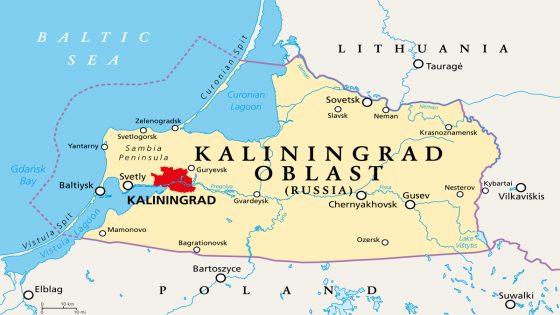The U.S. is set to impose a 20% tariff on goods imported from the Philippines starting August 1, marking a significant shift in trade relations. President Donald Trump announced this decision in a letter to Philippine President Ferdinand Marcos Jr., shared on his Truth Social account. This move aims to address ongoing trade deficits with Southeast Asian nations.
- U.S. imposes 20% tariff on Philippine goods
- Tariff effective starting August 1
- Trump targets trade deficits with Southeast Asia
- Letter addressed to President Ferdinand Marcos, Jr.
- Goods transhipped to evade tariffs penalized
Trump emphasized that any goods transhipped to evade the tariff will also incur the higher rate, indicating a strict enforcement approach. This announcement, made on July 9, 2025, raises questions about the future of U.S.-Philippine trade relations and its broader implications for global commerce.
This tariff decision prompts US to consider its wider implications. Will this lead to retaliatory measures from the Philippines or other Southeast Asian nations? The potential for escalated trade tensions is significant.
- Increased costs for U.S. consumers on imported goods.
- Potential retaliatory tariffs from the Philippines.
- Impact on Philippine exports and local economy.
- Wider implications for U.S. trade policy in Asia.
As these developments unfold, stakeholders should closely monitor the situation and consider the long-term effects on international trade and economic partnerships.
































